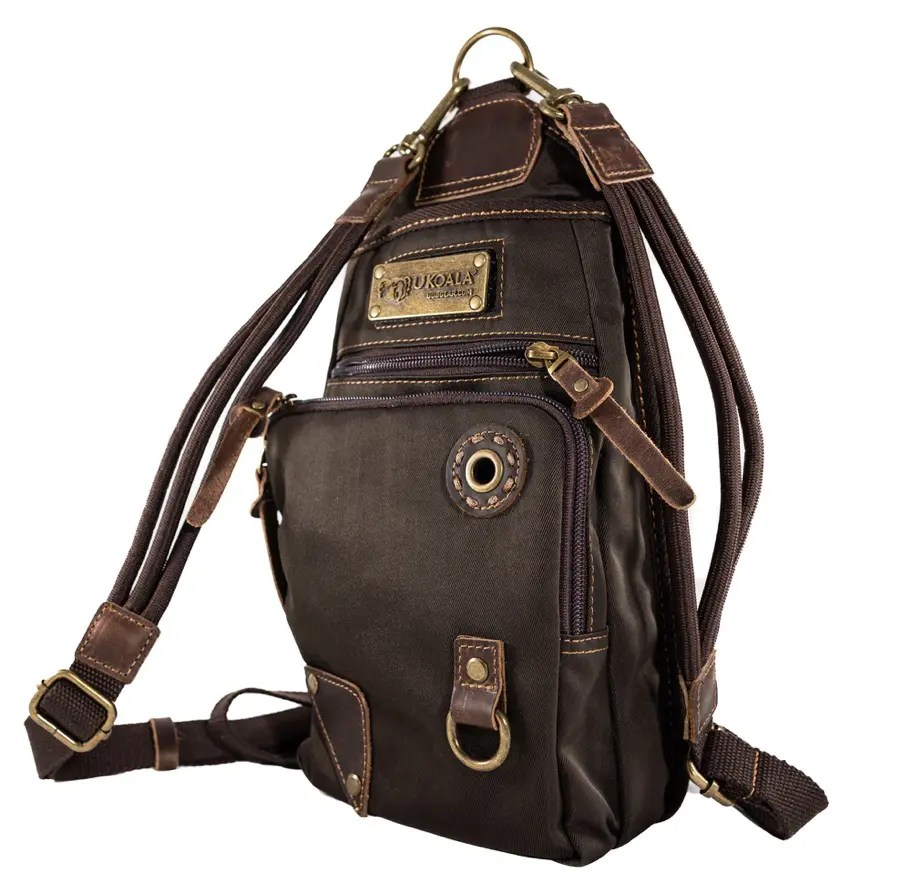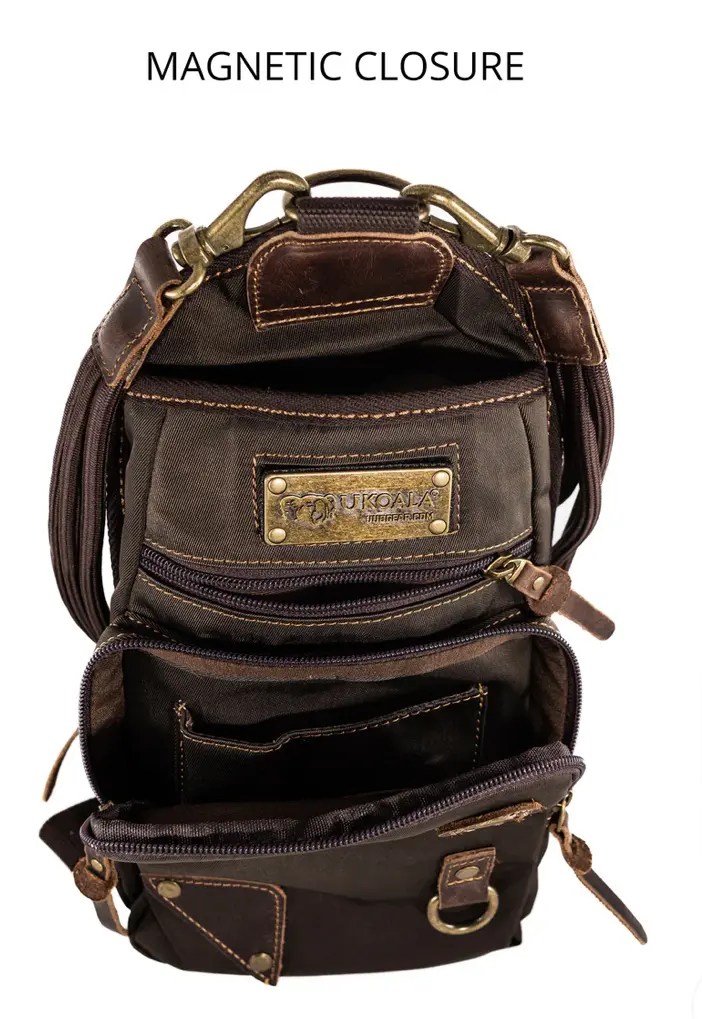Types of Leather Cuts-MTR Custom Leather, LLC
Types of Leather Cuts
A finished leather hide has a fairly large amount of leather to choose from when deciding where to cut from the use pieces on a project. Based on the area of the hide in relation to the animal’s body, some pieces will be a little higher quality and a little easier to work with.
Finished leather can usually be purchased based on cut type. This can include the full hide, or specific areas within it. Based on the type of project you are working on and the performance characteristics you want in the finished piece, it can be helpful to know what the different available cuts are.
If you’re looking for exactly where get leather cuts or pieces for a project, click here to review the buying guide I’ve put together.
Leather Hide and Cut Guide
Whole Leather Cut
A whole leather hide encompasses the entire skinned and tanned hide from an animal. Since it includes the areas from all of the other related cuts, the leather available will range from softer areas with various stretch characteristics, to thicker, stiffer areas of the hide. The range of leather thickness and weight will vary across the entire hide.
Side Leather Cut
The side cut of a leather hide is a half of an entire hide, cut lengthwise along the middle. since this includes at least parts of areas from all related cuts, the leather available will range from softer areas with various stretch characteristics, to thicker, stiffer areas of the hide.
Shoulder Leather Cut
The shoulder cut of a leather hide comes from the shoulder area of the animals. This area generally has a firm, yet malleable and flexible feel to it. Shoulder cuts work well for tooling.
Double Shoulder Leather Cut
The double shoulder cut of a leather hide comes from the shoulder area of the animals. It is essentially the entire shoulder area from the hide. This area generally has a firm, yet malleable and flexible feel to it. Shoulder cuts work well for tooling.
Bend Leather Cut
The bend cut of a leather hide is from the area ranging from the spine towards the belly, towards the middle of the hide. This is some of the best leather available in a hide, the prime sections generally towards the hind side before the butt. It is best used for across a number of leather product applications.
Double Bend Leather Cut
The double bend cut of a leather hide is from the area ranging from the spine towards the belly, towards the middle of the hide. This is some of the best leather available in a hide, the prime sections generally towards the hind side before the butt. It is best used for across a number of leather product applications.
Butt Leather Cut
The butt cut of a leather hide is from the hind leg portion of the hide, running around the butt and up towards the spine. This is the thickest and firmest area of the hide. Butt cuts make a good leather for thicker items such as heavy belts.
Double Butt Leather Cut
The double butt cut of a leather hide is from the hind leg portion of the hide, running around the butt and up towards the spine, on both sides of the hide. This is the thickest and firmest area of the hide. Butt cuts make a good leather for thicker items such as heavy belts.
Belly Leather Cut
The belly cut of a leather hide is from the left or right edges of the hide. The belly of animals naturally expands and contracts as food and water are consumed. This makes the belly leather a little softer, and stretchier, than from other areas of the hide. While not considered prime leather, belly cut leather can be used for a variety of leather working uses.
Double Belly Leather Cut
The belly cut of a leather hide is from the left and right edges of the hide. The belly of animals naturally expands and contracts as food and water are consumed. This makes the belly leather a little softer, and stretchier, than from other areas of the hide. While not considered prime leather, belly cut leather can be used for a variety of leather working uses.
Source: Types of Leather: All Qualities, Grades, Finishes, & Cuts























 VISUAL SIZE COMPARISONS:
VISUAL SIZE COMPARISONS:






















Recent Comments